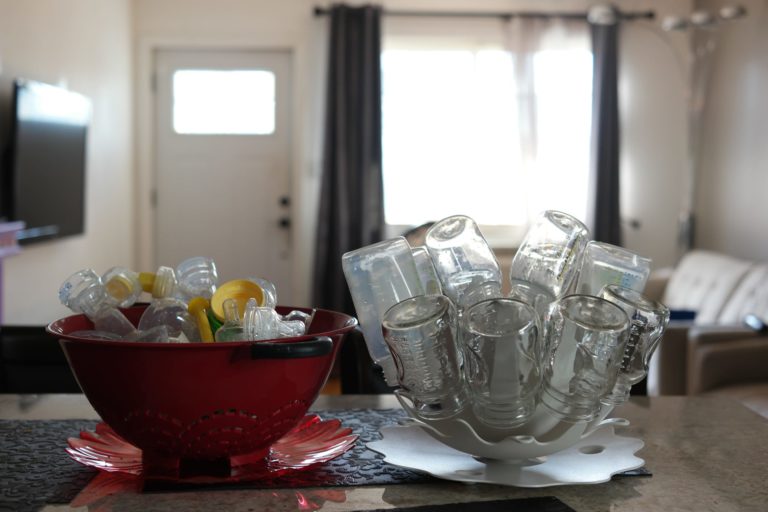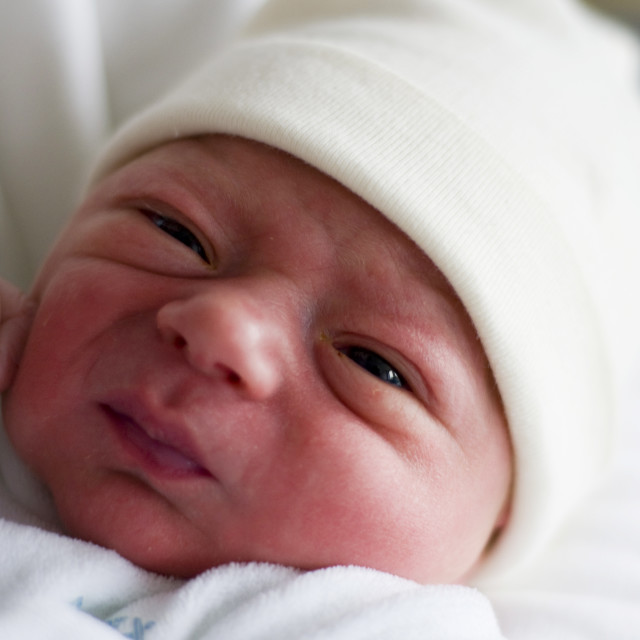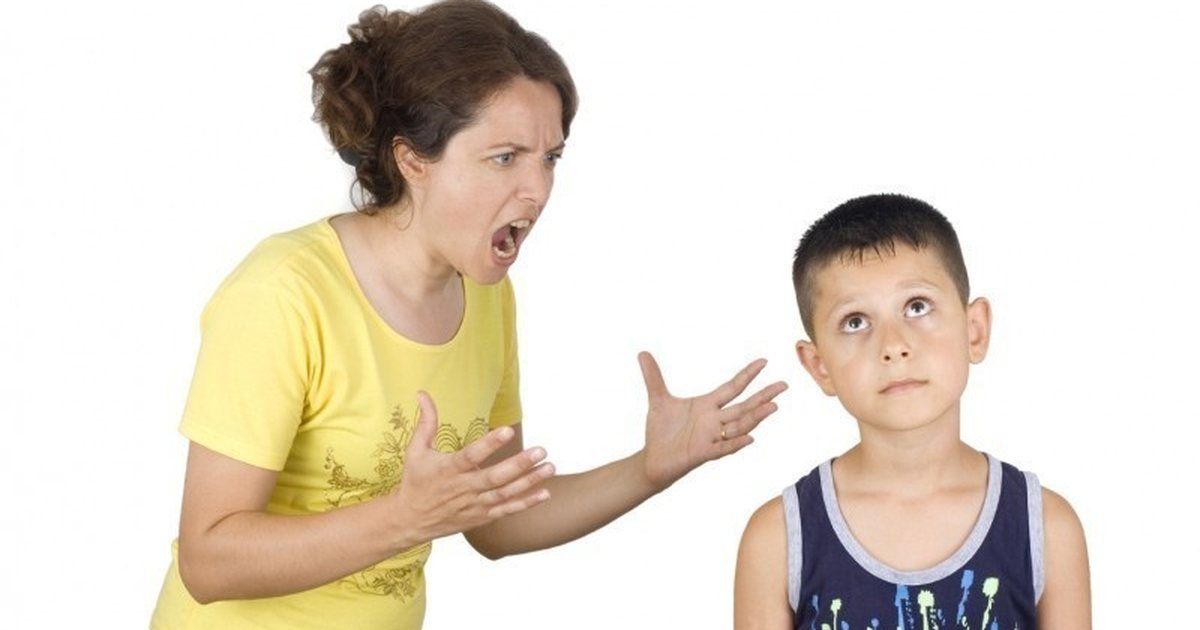How single parenting affects the child
Child Well-Being in Single-Parent Families
This post highlights the latest statistics and demographic trends involving single-parent families. It identifies some common hurdles facing these families and shares opportunities for supporting both single parents and their children.
Defining Children in Single-Parent Families
The Annie E. Casey Foundation’s KIDS COUNT® Data Center uses U.S. Census Bureau data to define children in single-parent families. This demographic group describes any child under age 18 who lives with an unmarried parent. Children living with cohabiting couples are included in this group, but children living with a married parent and stepparent are not.
Statistics About Children in Single-Parent Families
In the United States today, nearly 24 million children live in a single-parent family. This total, which has been rising for half a century, covers about one in every three kids across America. A number of long-term demographic trends have fueled this increase, including: marrying later, declining marriage rates, increasing divorce rates and an uptick in babies born to single mothers.
Within single-parent families, most children — 15 million — live in mother-only households. Nearly 6 million kids live with cohabitating parents and some 3 to 4 million kids live in father-only households, according to 2019 estimates.*
Among unmarried parents, the share of single mothers has shrunk in recent decades while the share of cohabiting parents has grown.
Statistics by Race, Ethnicity and Family Nativity
The likelihood of a child living in a single-parent family varies by race, ethnicity and family nativity. Data from 2019 indicates that:
- Black and American Indian kids are most likely to live in a single-parent families (64% of Black children and 52% of American Indian children fit this demographic).
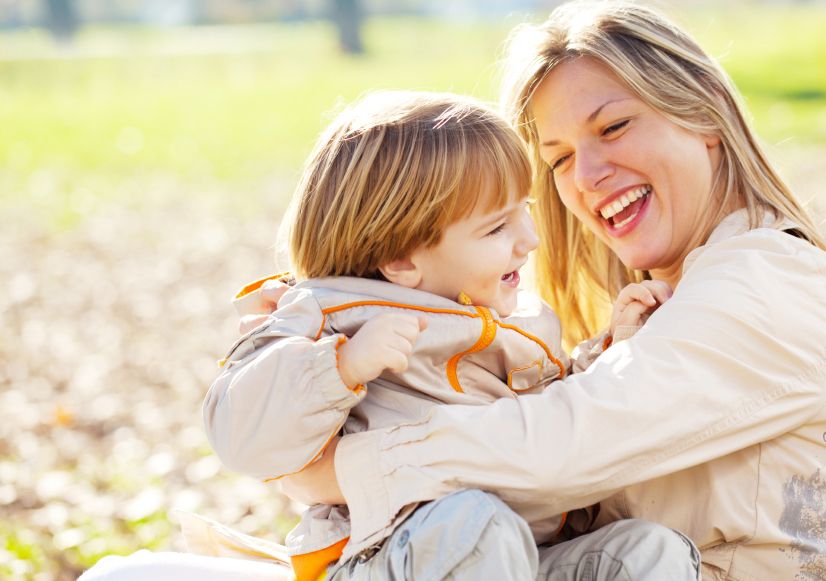
- White and Asian and Pacific Islander kids are least likely to live in a single-parent household (24% of white children and 15% of Asian and Pacific Islander children fit this demographic).
- Latino children and children who identify as two or more races fall somewhere in the middle — with 40% of kids from these groups living in a single-parent family.
- Family nativity makes a difference: 38% of kids in U.S.-born families live in a single-parent household compared to just 24% of kids in immigrant families.
Single-Parent Family Differences by State, City and Congressional District
The likelihood that a child lives in a single-parent family varies by location.
At the state level, this statistic varies — from a low of 19% of kids in Utah to a high of nearly 50% of kids in Louisiana and Mississippi living in a single-parent household.
Among the 50 most populous U.S. cities with data in 2019: The share of children in single-parent families ranged from a low of 21% in Seattle to a high of 71% in Cleveland. The KIDS COUNT Data Center also breaks this statistic down by Congressional District, which indicates even greater variation locally — from a low of 14% to a high of 71% in 2019.
The KIDS COUNT Data Center also breaks this statistic down by Congressional District, which indicates even greater variation locally — from a low of 14% to a high of 71% in 2019.
Statistics on Single-Parent Homes and Poverty
Family structure and socioeconomic status are linked, according to 2019 data. Nearly 30% of single parents live in poverty while just 6% of married couples fit this same statistic. Among one-parent households: Single parents are more likely to live in poverty when compared to cohabiting couples, and single mothers are much more likely to be poor when compared to single fathers.
Common Challenges of Single-Parent Families
A number of factors have fueled the rise in single-parent families. For instance: More people are opting to marry later in life, skip marriage altogether and have kids outside of marriage. At the same time, marriages have grown more likely to end in divorce.
More than 20% of children born to married couples will experience a divorce by age 9 and more than 50% of kids born to cohabiting couples will experience a parental breakup, according to some estimates.
Transitioning to a single-parent household can disrupt a child’s routines, education, housing arrangement and family income. It can also intensify the incidence of parental conflict and stress. These changes can be very difficult — and even traumatic — for some children.
Compared to kids in in married-parent households, children in single-parent families are more likely to experience poor outcomes. While the research is complex, sometimes contradictory and evolving, mounting evidence indicates that underlying factors — strong and stable relationships, parental mental health, socioeconomic status and access to resources — have a greater impact on child success than does family structure alone.
Children thrive when they have safe, stable and nurturing environments and relationships, and these conditions and connections can exist in any type of family.
Socioeconomic Disadvantage and its Impact on Children
Single-parent families — and especially mother-only households — are more likely to live in poverty compared to married-parent households. Given this, kids of single parents are more likely to experience the consequences of growing up poor. Children in poverty are more likely to have physical, mental and behavioral health problems, disrupted brain development, shorter educational trajectories, contact with the child welfare and justice systems, employment challenges in adulthood and more.
Many families are low-income but sit above the federally-defined poverty line. Children from these families often face similar challenges and live in communities with limited access to quality health care, comprehensive support services and enriching activities.
Researchers have also linked poverty to parental stress. Single parents may struggle to cover their family’s basic needs, including food, utilities, housing, child care, clothing and transportation. Navigating these decisions alone — and with limited resources — can send stress levels soaring. High parental stress, in turn, can spark even more challenges and adverse outcomes among the children involved.
Navigating these decisions alone — and with limited resources — can send stress levels soaring. High parental stress, in turn, can spark even more challenges and adverse outcomes among the children involved.
Also worth noting: Poverty levels for Black, American Indian and Latino children are consistently above the national average, and these generations-long inequities persist regardless of family structure.
Potential Emotional and Behavioral Impact on Children
Kids from single-parent families are more likely to face emotional and behavioral health challenges — like aggression or engaging in high-risk behaviors — when compared to peers raised by married parents. Research has linked these health challenges with factors often associated with single-parent families, such as parental stress, lost social networks, witnessing conflict, moving homes and socioeconomic hurdles.
Children of single mothers may face additional challenges.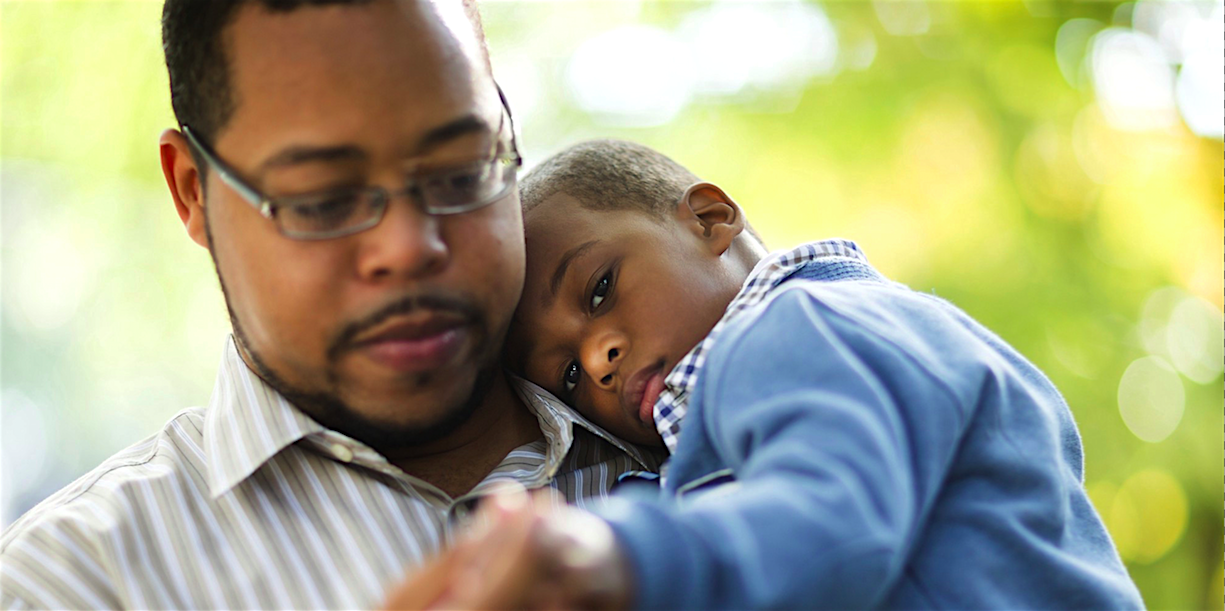 For instance: Depression, which can negatively impact parenting, is common among recently divorced mothers.
For instance: Depression, which can negatively impact parenting, is common among recently divorced mothers.
Such hardships would be difficult for any child. But kids can recover and thrive — particularly when raised with the benefits of nurturing relationships, stability, and mental health support.
Potential Impact on Child Development
Experts are increasingly viewing child development disruptions through the lens of adverse childhood experiences (ACEs). These potentially traumatic events can take many forms, such as divorce or parental separation, poverty, mental health challenges, substance use and abuse at home, exposure to violence, and so forth. ACEs can cause “toxic stress,” which can lead to lasting, deleterious disruptions in a child’s physical and mental health, education and other life outcomes.
The risk of ACE exposure varies by a child’s race and ethnicity, with American Indian and Black children more likely to experience multiple ACEs than peers from other racial and ethnic categories.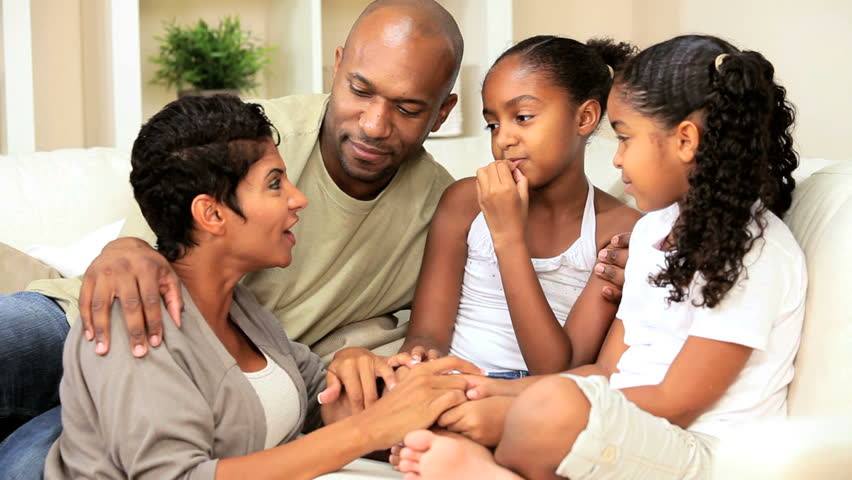 Generally speaking, however: The more ACEs a child experiences, the greater the risk of harmful effects.
Generally speaking, however: The more ACEs a child experiences, the greater the risk of harmful effects.
Potential Influence on Education
Academically speaking, children in single-parent families are more likely to drop out of high school when compared to peers with married parents. This heightened risk is likely is due to factors associated with many single-parent households; research indicates that children with fewer economic resources, more family instability, and more ACEs are at increased risk of poor educational outcomes — including dropping out of school.
Changes in Time Spent with Parents
While every family situation is unique, children in single-parent households are likely to have less time with their parent when compared to peers in cohabiting- or married-couple households. This is particularly true if that parent works more than one job or long hours to make ends meet.
After a divorce or parental breakup, children often have less time with their nonresident parent, which is typically the father. Maintaining an involved, nurturing relationship with the noncustodial parent is highly important for a child’s well-being.
Maintaining an involved, nurturing relationship with the noncustodial parent is highly important for a child’s well-being.
A Better Infrastructure and Stronger Safety Net for Families
Many program and policy strategies exist to support children in single-parent families and to reduce inequities due to race, ethnicity and socioeconomic status. For example, outcomes for these children can be improved by:
- Strengthening financial safety net programs and improving affordable housing, which can reduce instability and parental stress.
- Providing affordable, accessible high-quality early childhood education, which has critical benefits for child development and supports parental employment and family stability.
- Maximizing two-generation community development strategies that improve the quality of schools for kids and build job and parenting skills for the adults in their lives.

- Offering trauma-informed and culturally appropriate services — such as home-visiting services, parent education, mental health care and substance use treatment — that address parental stress and support family relationships.
- Supporting the needs of young parents and also young fathers, especially those of color.
Strengths of Single-Parent Families
Many single parents provide stable, loving environments and relationships for their children. Examples of how single-parent families can benefit children include:
- Solo parents may have more time to focus on their kids if they no longer need to spend time focusing on the needs of their spouse or partner.
- Years of fighting may precede a divorce or separation. Ending this conflict and providing calm environments can reduce stress for both the children and parents.
Changing the Conversation About Children in Single-Parent Families
Children can thrive in any family structure, and family structures can change over time. Family types have also become more diverse, with blended step-families, same-sex parent families, children living with relatives and more.
Family types have also become more diverse, with blended step-families, same-sex parent families, children living with relatives and more.
In addition, single parents who choose to have kids through donors or surrogacy may not have the same socioeconomic disadvantages and parental stress associated with other single parents. As we think about family structure and single-parent families, it may be helpful to keep in mind these nuanced and evolving issues.
For many years, the conversation among researchers, advocates, policymakers and others regarding single-parent families has focused on how this family type might negatively affect children. What if, instead, we focus on what children need to thrive?
We know that all young people — including kids in single-parent families — flourish when they have caring, committed relationships with parents or other loving caregivers. We also know the importance of safe, stable homes, communities and families that have adequate socioeconomic resources, social supports and services.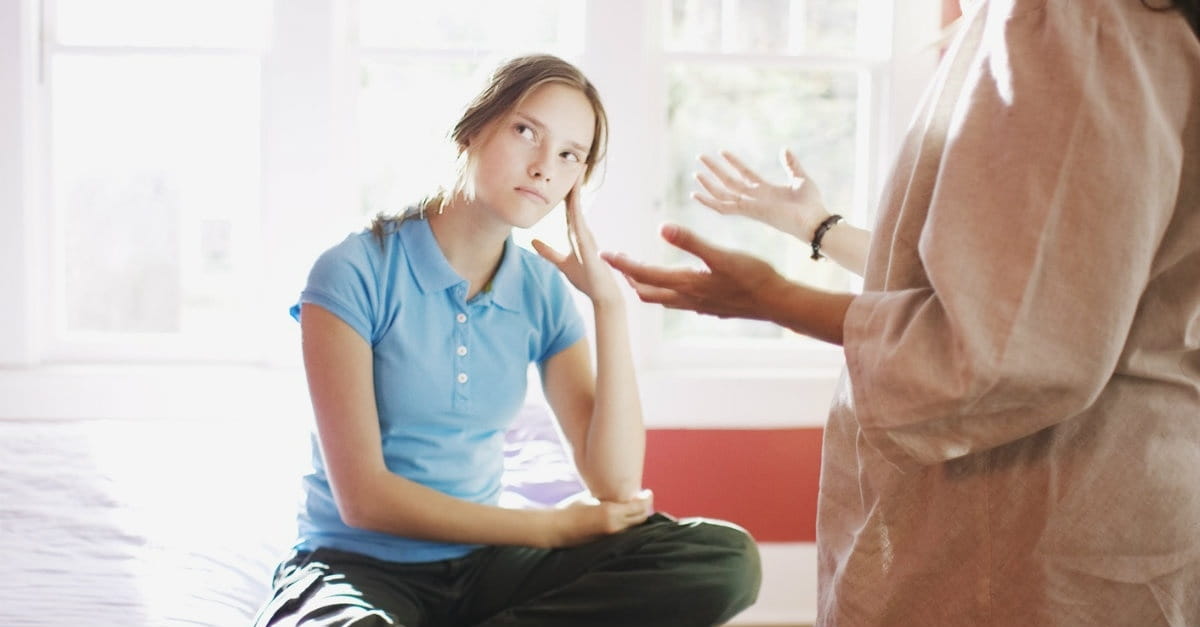 Focusing on quality-of-life experiences and ensuring equitable access to opportunities can help young people reach their full potential.
Focusing on quality-of-life experiences and ensuring equitable access to opportunities can help young people reach their full potential.
Learn More About Vulnerable Families and Stay Connected
For decades, the Annie E. Casey Foundation has promoted the well-being of vulnerable children and youth, including those in single-parent families. The Foundation has tracked data, published resources, supported programs and advocated for policies to improve the lives of these children, youth and families. Explore the Foundation’s many publications, tools and best practices, blog posts and other resources, such as:
- Report: Family-Centered Community Change
- Report: Opening Doors for Young Parents
- Blog Post: Thrive by 25 Announcement
- Strategies: Economic Opportunity
- Strategies: Equity and Inclusion
- Resources: Fatherhood
- Resources: Child Poverty
- Resources: Earned Income Tax Credit
- Resources: Racial Equity and Inclusion
- Resource: KIDS COUNT Data Book
Sign up for our newsletters to get the latest reports and resources
* These 2019 estimates are the latest data available from the American Community Survey.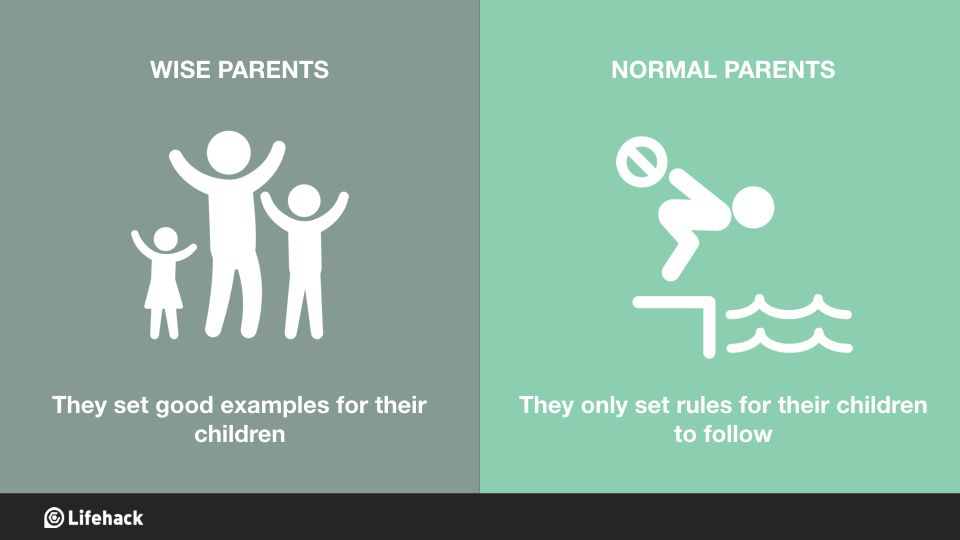 Single-year estimates for 2020 were not released. The KIDS COUNT Data Center will add single-year estimates for 2021 when available.
Single-year estimates for 2020 were not released. The KIDS COUNT Data Center will add single-year estimates for 2021 when available.
What Are The Effects On Children Of Single Parents?
What Are The Effects On Children Of Single Parents? | Everyday HealthBy Michelle Smith
Reviewed:
Fact-Checked
Although numbers are rapidly increasing, the children of single parents still have a questionable role in society. Convention still rules as schools, religious establishments, the media and most government entities continue to define the ideal family as comprised of two happily married, heterosexual biological parents living with their children. Such conservative ideas can run afoul of many families living in the United States that don’t conform to the formula. The reality is that single-parent families constitute a large portion of our population. Whether or when society decides to reevaluate their definition of family is unclear.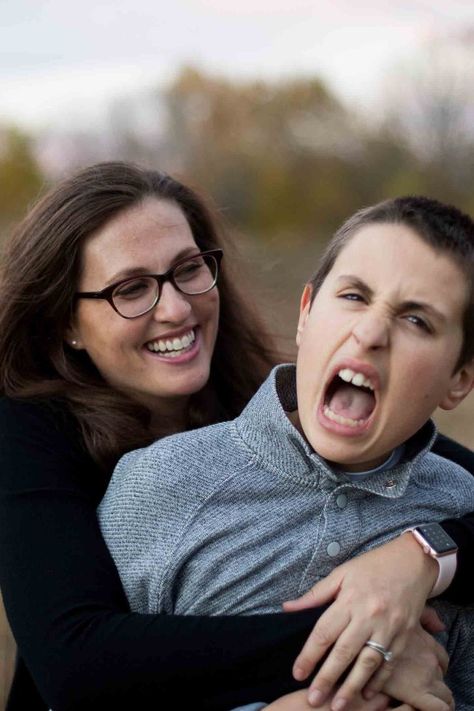 The more pressing issue at hand is whether or not there are negative effects on the children of single-parent families.Getting Concrete Answers
The more pressing issue at hand is whether or not there are negative effects on the children of single-parent families.Getting Concrete Answers
According to the Federal Interagency Forum on Child and Family Statistics Forum (childstats.gov), nearly 30 percent of children were part of a single-parent family in 2006. In the bulk of those single-parent families, primary caregivers were mothers.Currently, there is a very limited amount of information readily available on the effects single-parent family situations have on children. The scant resources available on the subject are neither concrete nor conclusive, which can frustrate single parents who might want to inform themselves.Divorce increased in the 1960s and 1970s, prompting a study on how divorce impacted children that were forced into single-parent households. The study on the effects of divorce on children was conducted by Paul R. Amato, a professor of Sociology at Pennsylvania State University. This study became the basis for sociologists that later began to study other types of single-parent families, such as children born to unwed mothers or children who lost one parent to death. However, the plight of these children has still not received the same amount of attention as that of the children of divorced parents.
However, the plight of these children has still not received the same amount of attention as that of the children of divorced parents.
Differentiating between the different groups is important because family dynamics vary depending on how children arrived at their circumstances. For example, in his article published in The Future of Children, Amato writes that children of divorced parents that were not aware of their parents’ marital difficulties suffer greater adverse effects than those who have been exposed to the ongoing deterioration of their parents’ relationship.Certain studies show that black children do not seem to suffer as greatly from the effects of single-parent families than white children do. This result could be due to a higher percentage of children born to single black women than to single white women. Therefore, most of the black children surveyed were born into single-parent families while most white children entered the lifestyle due to a traumatic loss (such as divorce).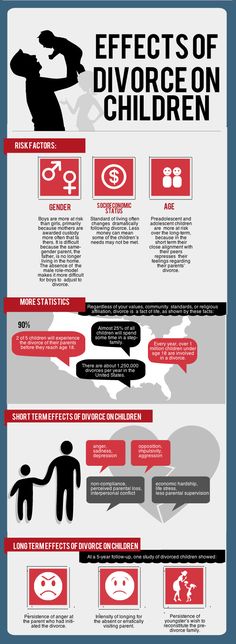 Sociologists undoubtedly do their best to consider all possible variables before providing answers to complicated questions. Sometimes various stages of research yield similar results that researchers accept as evidence. At other times, one study contradicts the findings of another.Arlene Skolnick (a research psychologist at the University of California, Berkeley) and Stacey Rosencranz (a graduate student at Stanford University) worked together on a study monitoring the effects of divorce on children. The project results revealed that, though the single-parent lifestyle is associated with many problems facing children, the causes to the problems themselves lie elsewhere.
Sociologists undoubtedly do their best to consider all possible variables before providing answers to complicated questions. Sometimes various stages of research yield similar results that researchers accept as evidence. At other times, one study contradicts the findings of another.Arlene Skolnick (a research psychologist at the University of California, Berkeley) and Stacey Rosencranz (a graduate student at Stanford University) worked together on a study monitoring the effects of divorce on children. The project results revealed that, though the single-parent lifestyle is associated with many problems facing children, the causes to the problems themselves lie elsewhere.
Common Findings
The forum on childstats.gov declares that children born to a single mother are at greater risk for adverse consequences than those born to a two-parent household.The forum concludes that the consequences are a result of more limited social, emotional and financial resources. These findings are reinforced in Growing Up with a Single Parent: What Hurts, What Helps, a book written by Sara McLanahan and Gary Sandefur.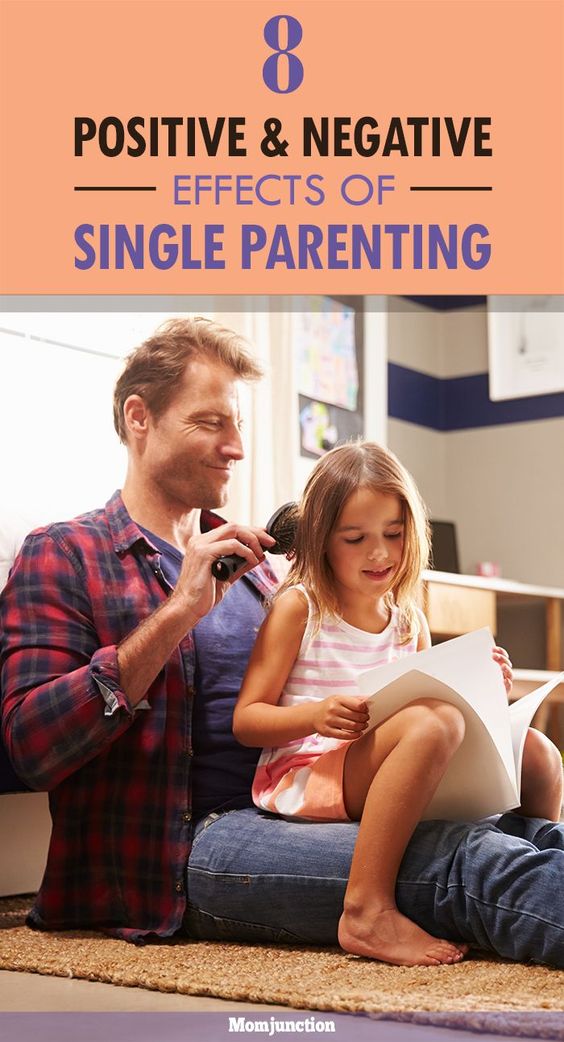 According to McLanahan and Sandefur, children of single-parent households are at increased risk of dropping out of high school. In the book’s findings, boys tended to be idle and teenage girls had a greater risk of pregnancy. Overall, the chances of these children going to college were greatly diminished.According to Amato’s research, sociologists warn that many children of single parents are born into undesirable circumstances. These children have a higher likelihood of being poor, committing crimes or using drugs. Many sociologists agree that childhood’s adverse effects outlive youth.Amato has also found that children of single-parent families, whose current lifestyles are due to parental death, have been found to fare slightly better than children from other groups.Does Money Matter?
According to McLanahan and Sandefur, children of single-parent households are at increased risk of dropping out of high school. In the book’s findings, boys tended to be idle and teenage girls had a greater risk of pregnancy. Overall, the chances of these children going to college were greatly diminished.According to Amato’s research, sociologists warn that many children of single parents are born into undesirable circumstances. These children have a higher likelihood of being poor, committing crimes or using drugs. Many sociologists agree that childhood’s adverse effects outlive youth.Amato has also found that children of single-parent families, whose current lifestyles are due to parental death, have been found to fare slightly better than children from other groups.Does Money Matter?
Most studies agree that children from single-parent families are more likely to grow up in financially challenged circumstances. As adults, these same children are also likely to have lower incomes than people who grew up in more affluent two-parent homes.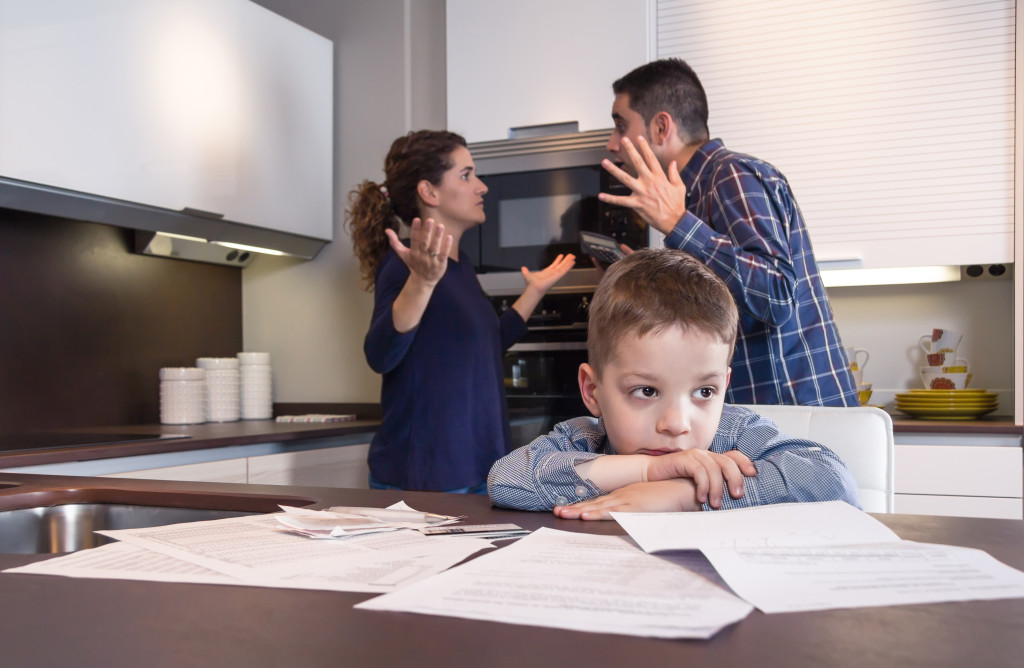 According to Robert E. Rector, Senior Research Fellow of the Heritage Foundation, approximately three-quarters of welfare spending is distributed to single parents and other broken families. There is also evidence to suggest that other problems stem from economic hardship. As Skolnick and Rosencranz point out, children of single-parent families are concentrated in inner cities, where there is often a shortage of quality educational opportunities.
According to Robert E. Rector, Senior Research Fellow of the Heritage Foundation, approximately three-quarters of welfare spending is distributed to single parents and other broken families. There is also evidence to suggest that other problems stem from economic hardship. As Skolnick and Rosencranz point out, children of single-parent families are concentrated in inner cities, where there is often a shortage of quality educational opportunities.
Single-parent families usually have less disposable income for additional educational assistance such as tutoring, buying computers or reference materials for the home. Because of the limited funds, children from these households are also less likely to be involved in extra-curricular activities, which can hinder their chances of getting a scholarship.A lack of disposable income also means that children suffer material disadvantages, often suffering from scorn or mockery by financially stable peers that instills a negative outlook of themselves and their lifestyle. Sociologists imply that children of single parents oftentimes receive less effective parenting and discipline. Parents Without Partners states that the number of single parents working full-time has increased. Some single mothers even work two jobs. When one individual is working and balancing the requirements of overseeing the household, it seems reasonable that she will have less time and energy to monitor her children and act as a disciplinarian. However, if she were not working so hard, she would have more time and energy.While no one is going to state that it is best for children to live in single-parent families, it appears clear that most adverse effects stem, not from the absence of a particular parent, but from financial strain.Not All Negative
Sociologists imply that children of single parents oftentimes receive less effective parenting and discipline. Parents Without Partners states that the number of single parents working full-time has increased. Some single mothers even work two jobs. When one individual is working and balancing the requirements of overseeing the household, it seems reasonable that she will have less time and energy to monitor her children and act as a disciplinarian. However, if she were not working so hard, she would have more time and energy.While no one is going to state that it is best for children to live in single-parent families, it appears clear that most adverse effects stem, not from the absence of a particular parent, but from financial strain.Not All Negative
“Researchers can never be sure, beyond all doubt, that x causes y. But most of the evidence suggests that single parenthood reduces children's economic prospects and that marriage improves them,” says Senior Fellow Isabel Sawhill and PhD candidate Adam Thomas.
However, single-parent homes now report higher incomes than they did in the past.Henry Ricciuti of Cornell University concludes that being a single parent does not have a negative effect on behavior or educational performance. What matters most is the mother’s education and ability level, family income and the quality of the home environment.Because children have only one parent does not mean that they are doomed or that their lives will be riddled with problems and they will have poor, miserable adulthoods. Certified parent coach Jennifer Wolf notes that the situation can help children develop positive life skills.“Spending quality one-on-one time with your kids allows you to develop a unique bond that may actually be stronger than it would have been if you were not a single parent,” she says.As we move further into the new millennium, traditional ideas of family and values will be questioned. More modern incarnations and definitions of family will come into being, and some family structures will raise more questions and stir debate among opposing sides. Right now, the only concrete evidence that children of single parents suffer significantly more disadvantages than children from two-parent households is a matter of finance. Society will continue to be less than ideal, and there will always be children who live in single parent homes. Perhaps answers to these children’s needs will not be found by focusing on how negatively their family situation affects them, but rather on how they can better their situation in life.
Right now, the only concrete evidence that children of single parents suffer significantly more disadvantages than children from two-parent households is a matter of finance. Society will continue to be less than ideal, and there will always be children who live in single parent homes. Perhaps answers to these children’s needs will not be found by focusing on how negatively their family situation affects them, but rather on how they can better their situation in life.
By subscribing you agree to the Terms of Use and Privacy Policy.
Invisible child: how dangerous is loneliness in childhood?
Giovanni Bragolin, The Crying Boy (1950s), detail; Image from wikipedia.orgI have no friends
“Mom, I don't want to go to school. No one is friends with me there. They don't seem to notice me at all."
Mom only sighed in response. She didn't know how to help.
Communication at school did not work out for my son from the very beginning. For some reason, I could not join the company of classmates. Even just chatting about nothing for some reason did not work. Already in the fifth grade, he suffered so much. Here are the guys at recess bludgeoning each other quite friendly, running into some kind of football, where instead of a ball there is an eraser, and only he presses against the wall. And no one invited him to visit, and when he once plucked up courage and invited several people to his birthday, no one came. Birthday, of course, was fucked up completely.
Even just chatting about nothing for some reason did not work. Already in the fifth grade, he suffered so much. Here are the guys at recess bludgeoning each other quite friendly, running into some kind of football, where instead of a ball there is an eraser, and only he presses against the wall. And no one invited him to visit, and when he once plucked up courage and invited several people to his birthday, no one came. Birthday, of course, was fucked up completely.
At first, my mother advised me to be active yourself. Vanya showed: he brought sweets to school, gave others his phone with games, tried to joke and entertain others, diligently laughed at the “jokes”, started, but the sweets were eaten, the discharged phone was carelessly thrown to the owner, and nobody needed Vanya himself. His jokes were not laughed at, they were not included in the general conversation. Sometimes he thought he was invisible.
Vanya could not understand why he was worse than the others. Every evening, going to bed, he imagined tomorrow's dull day, the sad changes in which he would stand against the wall.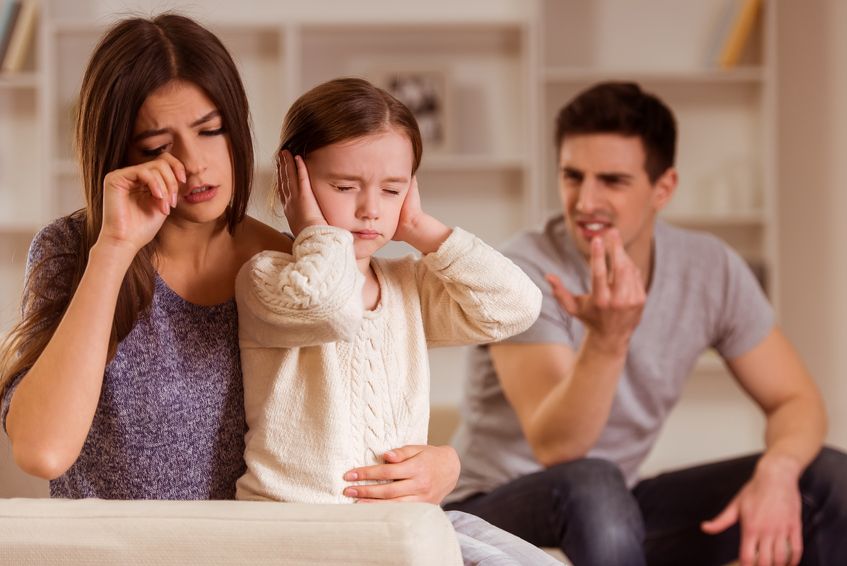 The world seemed to Vanya cold, alien and indifferent. This thought made me want to curl up in a ball, crawl into a hole and never get out. And only dream that someday someone will come, pull it out and start playing with it. Anyone!
The world seemed to Vanya cold, alien and indifferent. This thought made me want to curl up in a ball, crawl into a hole and never get out. And only dream that someday someone will come, pull it out and start playing with it. Anyone!
Comments Anton Sorin, child and adolescent psychologist, general director of the Kvartet psychological center:
Problem with consequences . And above all, the seriousness of the problem should be understood by parents, and not dismissed in the hope that it will pass with age or somehow work out. If parents see that in a new team for a long time the child has no friends or just friends, there are no friendly contacts, and at the same time he himself suffers from loneliness, he himself complains about it - it is necessary to react. Child and adolescent psychologist Anton Sorin. Photo: vk.com
Beware of perceiving the child's suffering as a whim and beware of your answers in the spirit of "it's your own fault.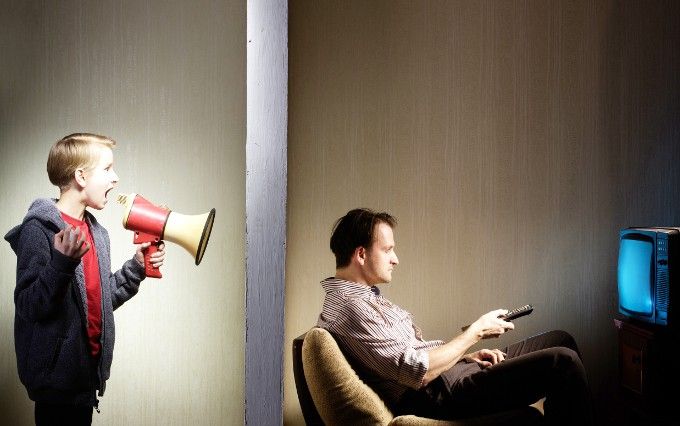 " This will not help the cause, but will only strengthen the child in the idea that even parents see “something not right” in him. Now it is your parental unconditional love and support that is needed and objectively super important. The child should feel that, at least at home, he is accepted, understood and on his side.
" This will not help the cause, but will only strengthen the child in the idea that even parents see “something not right” in him. Now it is your parental unconditional love and support that is needed and objectively super important. The child should feel that, at least at home, he is accepted, understood and on his side.
Talk to him
It is necessary to find out what could be the problem with the child himself. After all, if it is not accepted over and over again in different companies, then most likely it is in him. Or rather, in what is laid down in it by parental upbringing. And by the way, it is this factor that can turn out to be a pitfall in parental assistance to your child. Indeed, in the analysis of the problems of the child, it is our parental mistakes, complexes, stereotypes that can come to light. Therefore, if we want to help, we have to be courageous, otherwise nothing will work.
Well, first you need to understand that any children's team is formed according to certain general, often formal, criteria.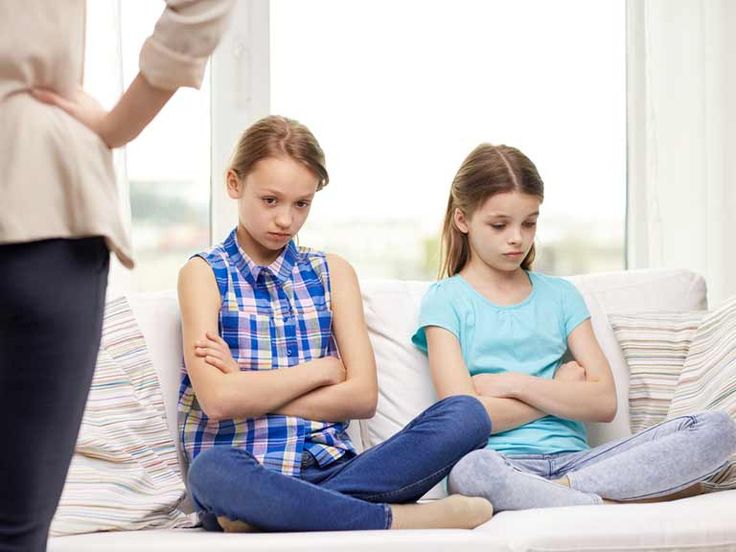 In order to become a part of it, you need to meet the requirements that this team makes. For example, to become a part of the company of today's 7-8th graders, you need to be quite "experienced" in the field of computer games. Very often, children do not accept a child for the reason that “it is not interesting with him”, he does not do what everyone else does, there is nothing to talk about with him.
In order to become a part of it, you need to meet the requirements that this team makes. For example, to become a part of the company of today's 7-8th graders, you need to be quite "experienced" in the field of computer games. Very often, children do not accept a child for the reason that “it is not interesting with him”, he does not do what everyone else does, there is nothing to talk about with him.
Parents should gently but confidently convey to the child that his loneliness depends not only on other children, but also on himself. After all, there are a huge number of children who are accepted. And if he wants to change the situation, then first of all you need to look at yourself, think and understand what it is about him that does not attract others. In no case should you blame the child, speak with intonations of pretension, do not use Mishka or Sasha as an example, who have a lot of friends and everyone adore them. But you can invite the child to take a closer look at yourself.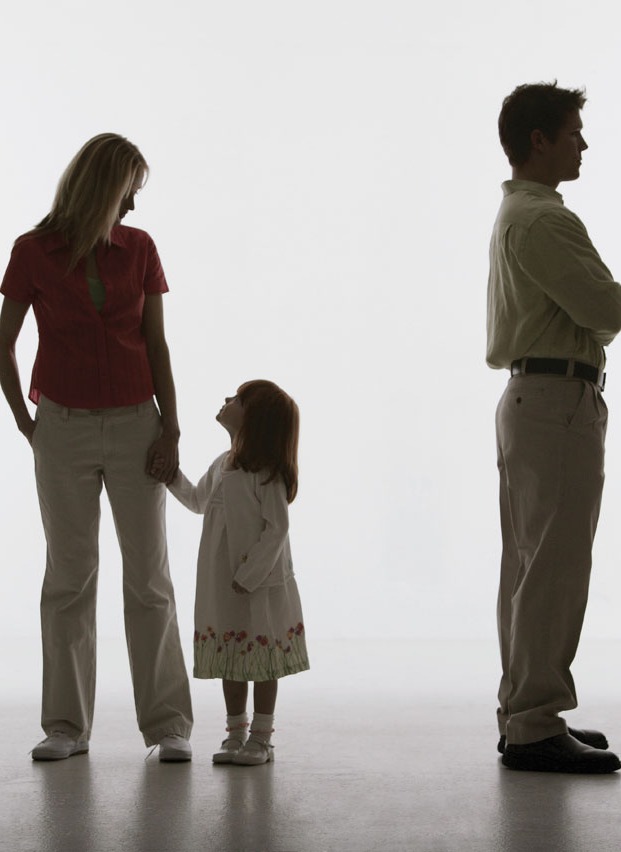 Perhaps he looks down on everyone? Or vice versa, too accommodating? Or can't talk about any of the general topics?
Perhaps he looks down on everyone? Or vice versa, too accommodating? Or can't talk about any of the general topics?
This is a very complex action that requires parental attention - to understand what the child himself thinks about the children around him, how he perceives them. If he looks down on them, if in the depths of his soul he considers them fools, then he can not count on a good attitude on their part.
If, on the contrary, he considers them better than himself, perceives them as dominants, tries to adapt to them from below, gives them his sweets, things, behaves like a clown, bends, fawns, then the chances are that they will perceive him as an equal, also no. Weaklings in children's groups do not like, and this should also be explained to the child. You can't buy a child's location. If you don't respect yourself, no one will respect you. But why the child does not respect himself is a question for parents. Do they respect him?
Together with the child, it is necessary to determine whether he needs this particular team or whether he is just so lonely that he is ready to join any company.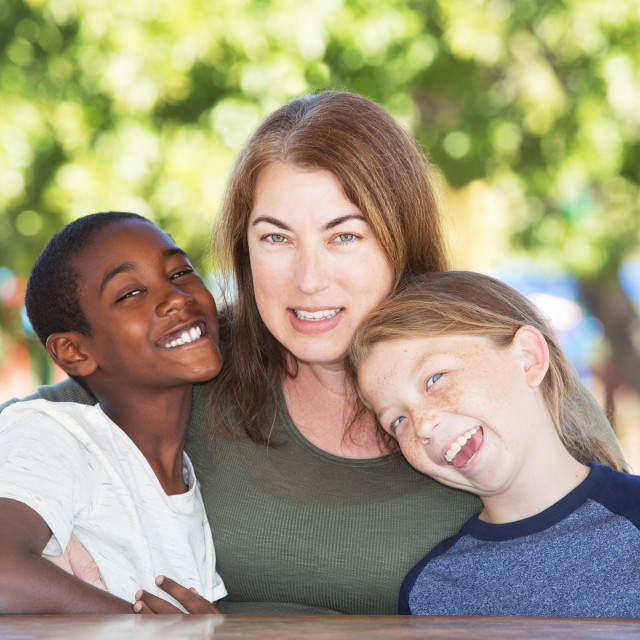 Each circle has its own list of interesting topics that a child could share to become his own.
Each circle has its own list of interesting topics that a child could share to become his own.
This does not mean that the child should by force choose those topics that he does not like at all, if only he would be accepted. But among those interests that the team has, there may well be those close to the child. And if there are none, then is it worth worrying about not getting into such a team? All the same, communication really won’t work there, it’s impossible to pretend for a long time. Maybe you should look for like-minded people elsewhere? After all, the company is needed not only in order to “join the pack”, although, of course, a child exhausted by loneliness is ready for anything, if only they were taken into the “pack”, recognized as one of their own.
Look for alternative groups for communication
If it turns out that the child, in general, is not very interested in the company at school, but he is so sad alone that he is ready to break himself, just to be accepted, then it's time to diversify his circle communication.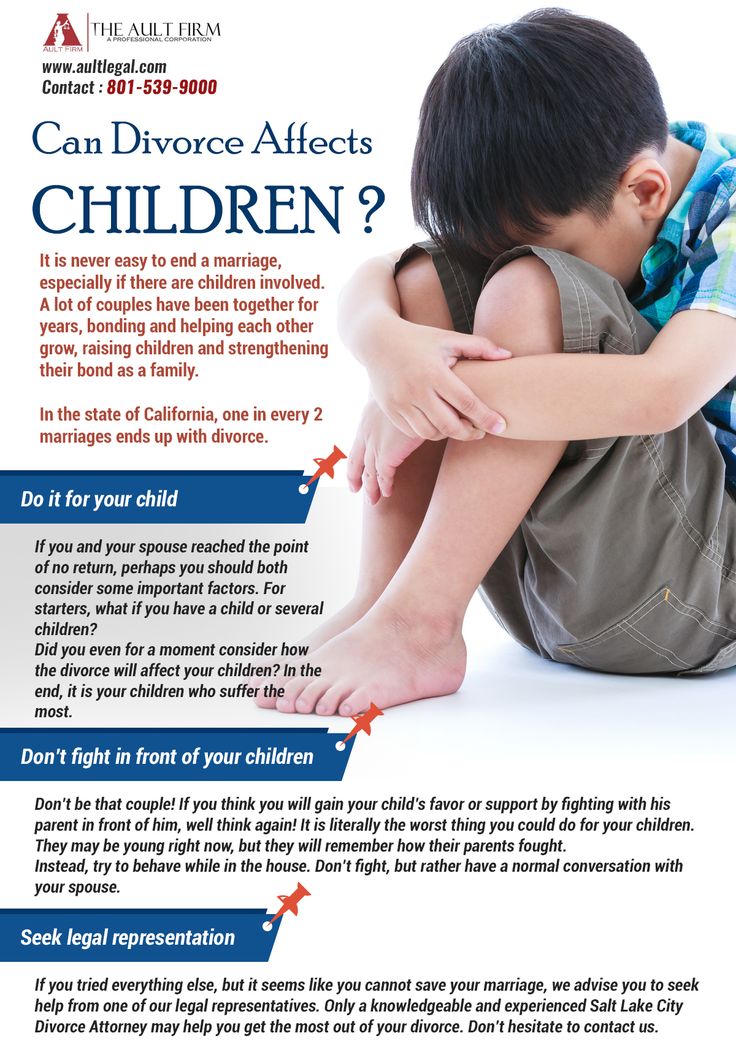 Let him go not only to school, but also to hobby groups, to different studios, let him communicate with different children (of course, it is worth watching so that he does not get, for example, into a yard company), let him look for where he is interested. Maybe he will not just become his own somewhere, but even begin to form a company around himself. The main thing is to catch the child before he loses confidence in himself and begins to withdraw from the world.
Let him go not only to school, but also to hobby groups, to different studios, let him communicate with different children (of course, it is worth watching so that he does not get, for example, into a yard company), let him look for where he is interested. Maybe he will not just become his own somewhere, but even begin to form a company around himself. The main thing is to catch the child before he loses confidence in himself and begins to withdraw from the world.
It is not uncommon and not surprising if at first children do not fit into any society; they eventually find a company in a different environment. For example, children with above-average intelligence in a regular district school may suffer from social exclusion, and when they get to a good advanced school, where they are surrounded by equally smart children, they quickly find friends.
But parents should remember that their child is at risk and may not be accepted by other children if he is very different from them in some way.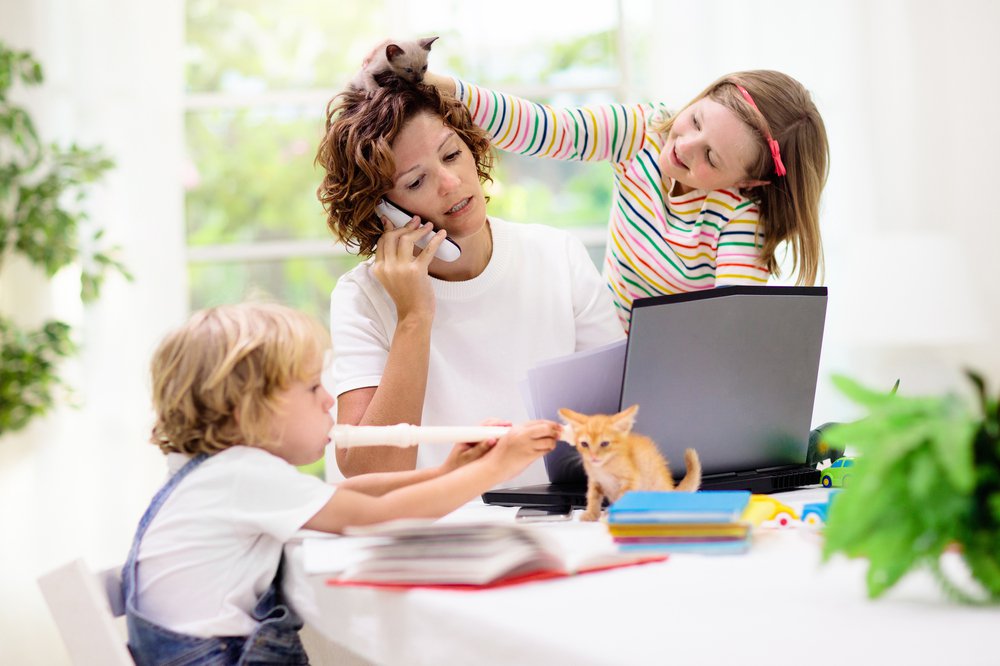 It can be any individual features of thinking, behavior, appearance, speech. Such children are not included in children's communities; moreover, they are bullied. This cruelty has its own explanation: children are rather disturbing creatures, it is easier and easier for them in the company of their own kind. And peers who are different from the majority are excellent objects in order to ridicule them and boycott such anxiety, to feel more confident and comfortable next to them.
It can be any individual features of thinking, behavior, appearance, speech. Such children are not included in children's communities; moreover, they are bullied. This cruelty has its own explanation: children are rather disturbing creatures, it is easier and easier for them in the company of their own kind. And peers who are different from the majority are excellent objects in order to ridicule them and boycott such anxiety, to feel more confident and comfortable next to them.
It happens that a child has serious differences from other children that he himself cannot change, for example, stuttering, nervous tics, low income, physical injury. In such cases, parents should make as much effort as possible to eliminate or minimize this disadvantage if possible. But in any case, whether this is possible or not, the child needs to be explained that all people are different, everyone has different characteristics, and everyone can find a certain social circle for themselves.
It is fundamentally important that the child does not treat his own peculiarity as something negative and limiting. Then others won't see it that way. They do not play only with those children with special needs who emphasize, highlight, embarrass them or do not accept these special features.
Then others won't see it that way. They do not play only with those children with special needs who emphasize, highlight, embarrass them or do not accept these special features.
What threatens children's loneliness?
The biggest danger of loneliness is that the child begins to lose self-esteem. Social isolation (reinforced by parental inattention) gives the child the feeling that he is not like everyone else, he is the worst of all, no one will ever be interested in him and he will always be alone. The child reacts to such stress in accordance with the characteristics of his nervous system. Someone will become depressed, someone will look for another company that will accept and be supportive, and here there is a risk of running into a bad company.
This is often used by drug dealers, cultists and pedophiles. Pedophiles generally love lonely children terribly. The opportunity to be with someone, the desire to be chosen, needed by someone for a child is so important that he is sometimes ready to go anywhere, with anyone who only calls him.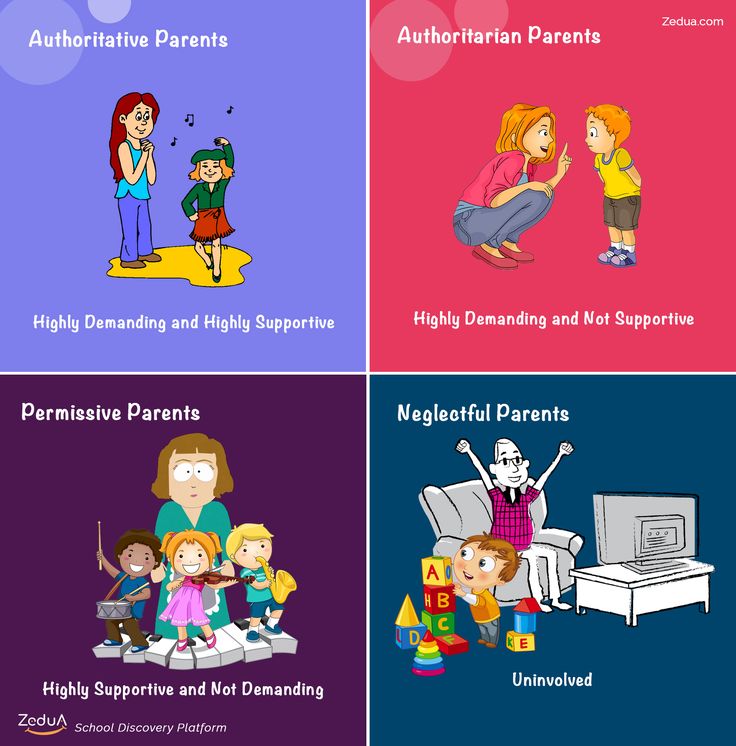 It is so important for him to be included in the relationship that it becomes almost unimportant what kind of relationship it is.
It is so important for him to be included in the relationship that it becomes almost unimportant what kind of relationship it is.
There are also a huge number of children for whom school loneliness remains a trauma forever and in adult life comes back to haunt very low self-esteem and even a complete rejection of social interaction.
A growing child who has not solved the problem of loneliness becomes increasingly withdrawn into himself, immersed in computer games or the Internet, or other forms of addiction, including chemical ones. In the future, he is threatened with building unhealthy, subordinate relationships. Growing up lonely children tend to hide from the team, they cannot work in a team, they cannot identify their positions and interests.
Therefore, it is very important to prevent the problem from passing into a chronic stage, and if the child complains “mom, no one is friends with me and no one plays with me” - to figure out what is the matter as soon as possible.
How to help your child cope with loneliness
Almost 20% of schoolchildren feel lonely, and this can negatively affect their future
Not only adults, but also children are lonely. At the same time, loneliness sometimes leads to serious consequences; it increases the risk of premature death by 40%, interferes with learning and development. What are the causes and signs of childhood loneliness? How can parents help a child who lacks communication, intimacy, friendship? Finnish child and adolescent psychologist Niina Junttila offers her own analysis of the situation based on practical experience. We recounted some of the ideas of her book.
Loneliness is a negative mental state in which a person suffers either from a lack of social connections or from their poor quality. This is the oppressive feeling that you have no one to talk to, that there is no one who can understand your thoughts, intentions, feelings and hopes.
Among schoolchildren, the share of those who have experienced more or less prolonged loneliness is 10–20%. Yes, almost one in five is depressed and feels bad at some point, because there is no one who would listen to him, whom he could trust, with whom he could share his feelings or just wander around the city.
Yes, almost one in five is depressed and feels bad at some point, because there is no one who would listen to him, whom he could trust, with whom he could share his feelings or just wander around the city.
"Is it okay if someone is lonely?"
The researchers asked the children the question: "Is it okay if someone is lonely?" And this is what they heard in response.
Most children thought that no, it was not normal for someone to feel lonely. This is a bad feeling, everyone has the right to have friends and buddies: "I think it's wrong if someone is lonely, because everyone has the right to associate with others"; “It seems to me that this is not normal, loneliness is unpleasant and no one should be lonely”; “I don’t think it’s okay, because everyone should have a friend to turn to.”
Some children mentioned the consequences they think being alone leads to: "It's not normal, because then a person is very sad all the time"; “Not normal, because then this person closes in on himself”; "No, because you can become mentally ill. "
"
Many also noted the difference between being alone and being alone. Being alone is normal, being alone is not: “It is not good if you are alone. It’s another matter if a person wants to be alone, then this is normal and understandable”; "Not. Everyone must communicate with each other. But if a lonely person does not want to be together with everyone and this does not bother him, then okay. But at least everyone should have friends, you can't do without them."
Many children have already experienced loneliness: “You start feeling sorry for yourself. This is complete horror. I had it too”; “A terrible feeling, it happened to me”; “I think everyone should have at least a couple of friends. I know what it is, they somehow stopped hanging out with me too.”
A significant part of the children were ready to help, to approach some schoolboy who looked lonely during the break: “I usually go up to a lonely person to chat, and this is almost always pleasant.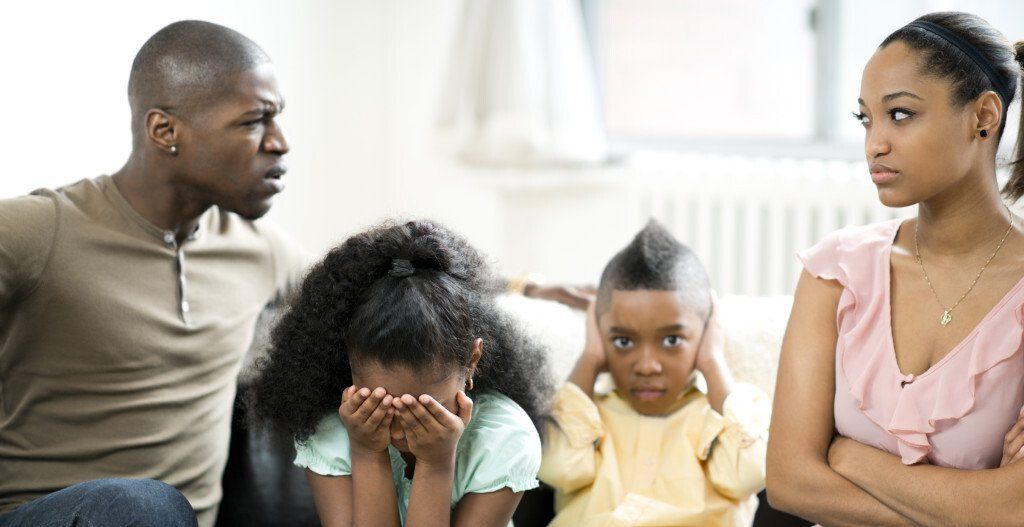 But some want to be alone. Then I don't bother them. Sometimes it’s good to calmly think about your own”; “Of course, no good! If someone is standing alone, I usually come up to talk”; "No, in my opinion, this is completely wrong, so I always try to invite other children to the game."
But some want to be alone. Then I don't bother them. Sometimes it’s good to calmly think about your own”; “Of course, no good! If someone is standing alone, I usually come up to talk”; "No, in my opinion, this is completely wrong, so I always try to invite other children to the game."
Some of the children believed that this problem did not concern them, because everything was fine with them, or that the lonely were to blame for their troubles. According to some respondents, the lonely person deserved this treatment because he himself teased or rejected others: “Yes. Because nobody cares”; “Depends on how I was treated”; "Yes, if he does not know how to behave in a company, but only teases, calls names and offends"; "Yes. Because it's none of my business"; “It's my own fault. In my opinion, friends can always be found.
Loneliness leads to real mental suffering, its essence is the contradiction between the desired and the actual number of social connections. It occurs when a person compares his expectations with the actual situation.
Social and emotional loneliness
Social and emotional loneliness are qualitatively different experiences. In childhood, they often connect. If a small child is socially lonely (for example, he has no friends in the sandbox and familiar peers), he is usually lonely and emotionally, he does not have that best friend who would like to play with him.
During the school years, friendships are formed, and groups of young children begin to exist independently and, quite possibly, independently of each other. During this period, children strengthen their friendships and friendships.
Someone can be content with superficial communication in their company and at the same time feel emotional loneliness; another may make one very important friend for him, but have no company in or out of school.
The founder of the modern approach to the study of loneliness, Robert Weiss, suggested that a person has a basic need both for close attachment to another person and for relationships with likeable friends and acquaintances that provide the opportunity for social communication. The absence of close friendships leads to emotional loneliness, and the absence of a social network of contacts leads to social loneliness.
The absence of close friendships leads to emotional loneliness, and the absence of a social network of contacts leads to social loneliness.
Emotional loneliness is often more strongly associated with feelings of anxiety, depression and hopelessness, while a socially lonely person feels isolated and alienated. Emotional loneliness - when there is not a wide circle of friends, but a friend who would understand, listen, give a feeling of emotional closeness and in most cases could find exactly the words that you want to hear now.
Social loneliness - isolation from the circle of friends, the community of one's own kind and different groups. It means that a person does not have such a company in which one can spend time, grow up, develop, feel the movement of time, a change in mood.
There are children who prefer to play alone and enjoy it a lot. Should this be a concern? Yes. The reason for concern is that communication and behavior are learned in a group.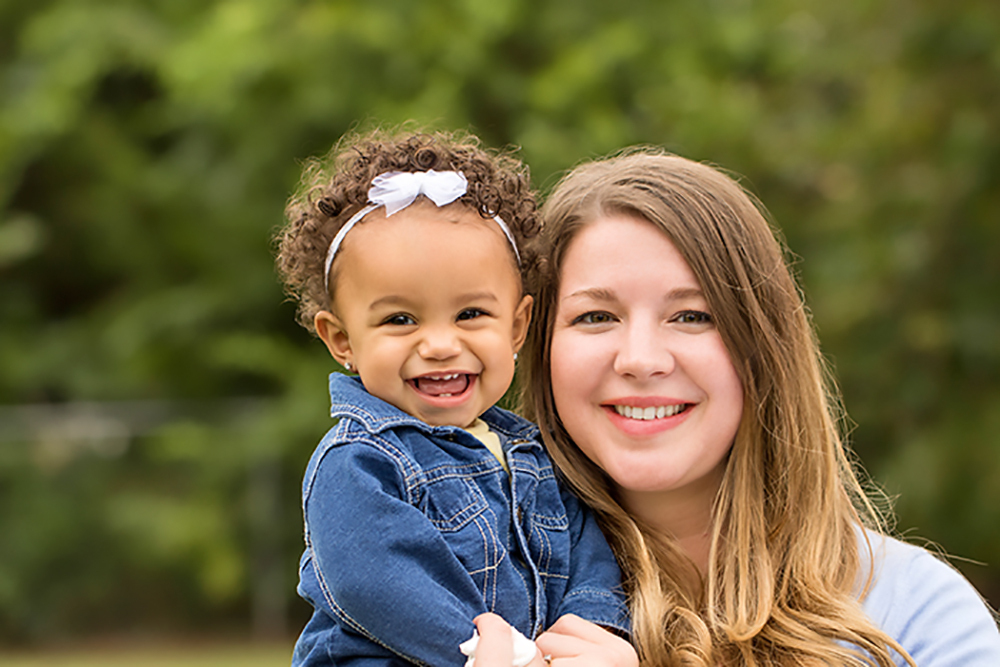
If there is no group, then, for example, it is impossible to master and develop the skills of joint activity - and without them we find ourselves in a disadvantageous - to be honest, in a hopeless - position, because rarely in any job can one succeed without acting together with others participants. Without cohabitation skills, it is impossible to make friends.
Signs of social loneliness
- Feeling that you are an "outsider" or not enough "in" person in the company.
- The feeling of not being accepted.
- An experience showing that no one wants to communicate with you.
- The feeling that few people like you, if anyone likes you at all.
- An experience of loneliness associated with the fact that you want to be invited to participate in some business more often - but this does not happen.
Signs of emotional loneliness
- The belief that you don't have a single close friend.
- The feeling that you don't have a single friend to tell about your business.
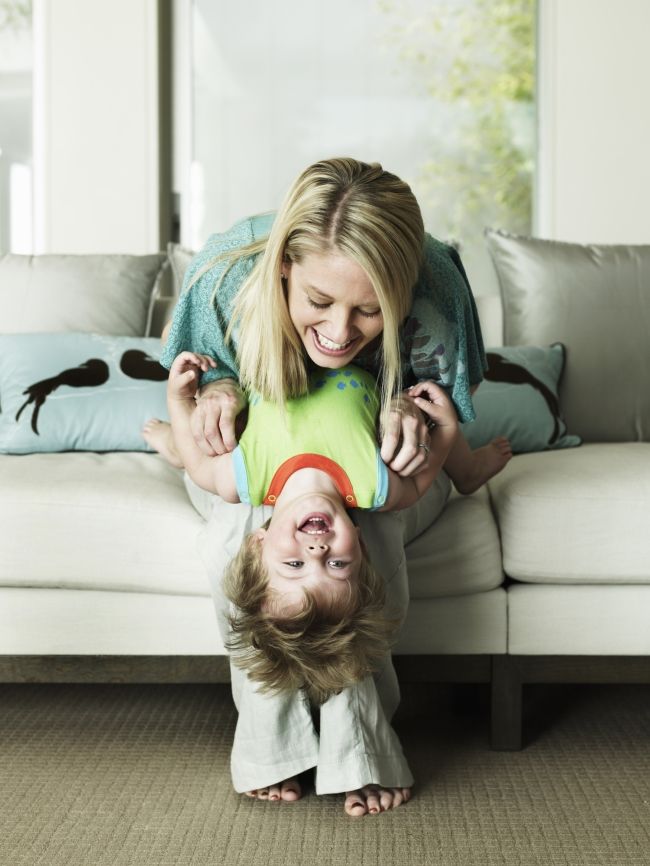
- A cherished dream of a friend who would worry about you.
- The dream of being important to one of the friends, and at the same time the understanding that there is no such friend.
- The dream of having a best friend, so that it would not be so lonely as it is now.
To qualify as "emotionally lonely" a person must have these symptoms either frequently or consistently. If we use a scale of the intensity of the symptom severity from 1 to 4, then this means that for each question the child chooses the answer 3 or 4.
External causes of loneliness
The alienation of adolescents from society and from the opportunities to influence it is undoubtedly facilitated by the image of the future (and present) that we, adults, transmit to them. Good news, like positive research results, is not published - but something sensational, terrible, disgusting and negative always comes out, something that can make headlines. But the worst thing is the image of the future of teenagers themselves coming from us, adults.
The economic crisis, unemployment, the erosion of social ties, the abuses of those in power, the increase in violence, the problems that young people create in society and their helplessness - that's what you read in the news every day.
Another important factor in the development of feelings of loneliness among children and adolescents is the focus of schooling on achievement and individualism at the expense of the development of social bonds and cohesion. Education cannot consist only in the pursuit of new knowledge and skills, it must also be a process of experience when a person finds a common language with a different environment and, most importantly, with himself. If a person does not suit himself and cannot interact with himself, it is extremely difficult for him to interact with others.
Consequences of loneliness
American neuropsychologist and loneliness researcher John Cachoppo proved that air pollution increases the risk of premature death by 5%, being overweight by 20%, and being alone by 40%. The effects of social loneliness can be felt for a long time, and the impact of emotional loneliness can be even more severe - these are severe mental disorders such as social phobia, depression, bipolar disorder, schizophrenia, self-harm and suicide attempts.
The effects of social loneliness can be felt for a long time, and the impact of emotional loneliness can be even more severe - these are severe mental disorders such as social phobia, depression, bipolar disorder, schizophrenia, self-harm and suicide attempts.
Emotionally lonely children and adolescents are more at risk of being left without education and career, outside social structures, outside the so-called normal life - feeling unfit, unnecessary and in every sense a failure.
Here is a list of symptoms that have been identified in elementary and high school students related to the impact of loneliness on their studies, social-emotional well-being, and mental and physical health.
junior schoolchildren loneliness was accompanied by:
- a stronger tendency to avoid completing tasks and protect oneself from possible failure;
- difficulties in mastering reading, writing, mathematics;
- stronger than other children, social oppression;
- more frequent than others feeling of discomfort and innocence;
- longer periods they spent watching TV, computer, video games;
- weaker group work skills, more restless behavior and impulsivity than other children, both according to the child himself and according to teachers, classmates and parents;
- more likely to be bullied or rejected.

In senior schoolchildren loneliness resulted in:
- severe social depression, social phobia;
- depression and self-destructive thoughts;
- rapid fatigue due to training load;
- deterioration in health;
- fewer hobbies;
- acceptance of narcotic substances "for testing".
Teachers perceive lonely younger students as less collaborative and empathetic, more impulsive, and less disciplined, who try to avoid new tasks or perceive them as more wary. At the same time, it remains unknown whether a negative attitude towards learning and weak academic skills are a consequence of loneliness or vice versa.
The role of parents
Is loneliness inherited?
Yes, but not in the same way as eye or hair color. For example, children of single parents are more likely to become socially or emotionally alone during their school years.
In the age group of first-graders, scientists studied the influence of interaction in the family on the social behavior of children.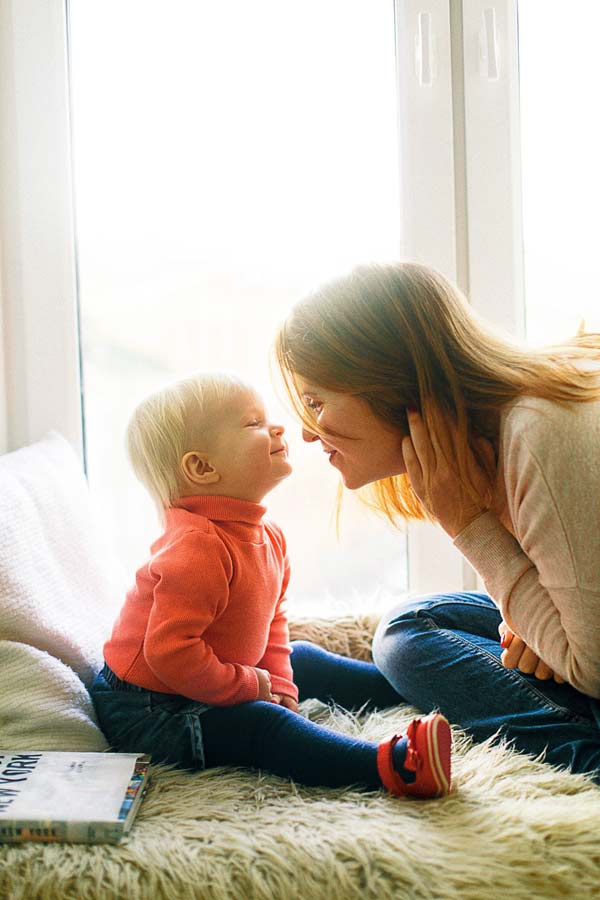 They found that active games and fun together with both mothers and fathers had a positive effect on children's relationships (whether boys or girls) with their peers.
They found that active games and fun together with both mothers and fathers had a positive effect on children's relationships (whether boys or girls) with their peers.
In families where parents used coercive measures, children were less able to master social skills and it was more difficult for them to get along with other children. They strove for dominance and tried to win friends through the same coercive and dictatorial methods that their parents had.
How social skills are formed
In the "inheritance" of loneliness by schoolchildren, social competence plays a decisive role - skills and behaviors that manifest themselves in joint activities, empathy, the ability to control one's impulsivity and act without disturbing others and without causing irritation.
The formation of sufficient social competence is the central goal of human development in childhood and adolescence.
Of paramount importance for the development of social skills is the experience of early interaction at home.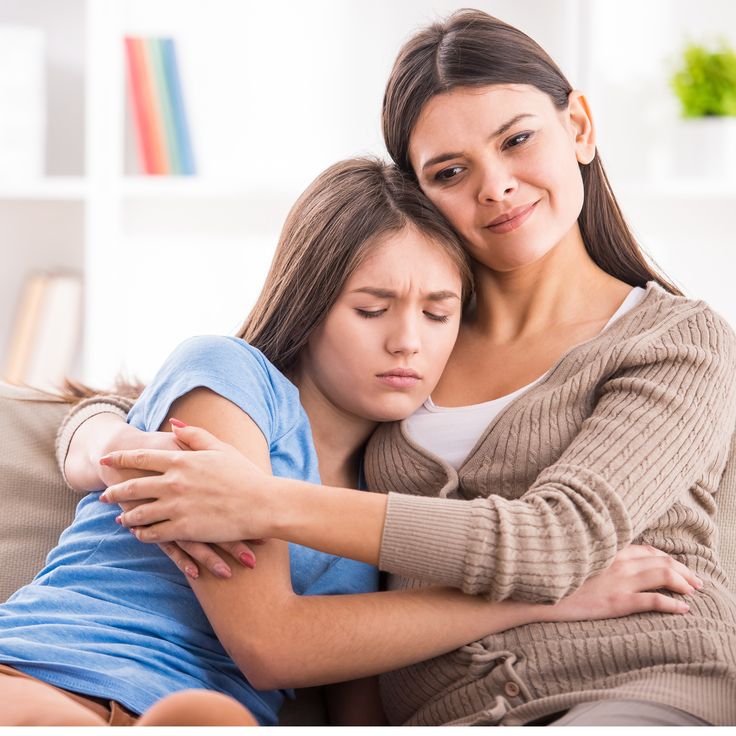 Parents of unsociable boys and girls can actively help their child make friends with other children, for example, by inviting classmates over, letting the child go to visit friends who live far away, and encouraging their son or daughter to participate in activities where children with similar interests are present.
Parents of unsociable boys and girls can actively help their child make friends with other children, for example, by inviting classmates over, letting the child go to visit friends who live far away, and encouraging their son or daughter to participate in activities where children with similar interests are present.
To ask and worry, but in moderation
To worry and ask is our parental right. If we remember ourselves at that age, it was better to disturb our parents and answer questions than to be left to our own devices.
A child does not feel safe if no one is worried about him, if no one questions him and worries about what he is doing and where he is, with whom he spends time and whether he has a good life.
But sometimes care can become excessive - with too severe restrictions, the child's own opportunities to form and maintain social bonds will be minimal.
There is no clear boundary here, every child needs control and freedom exactly to the extent that he needs, but if at 12 he cannot leave the yard alone or visit a friend after school, it may turn out that he will not make friends or buddies.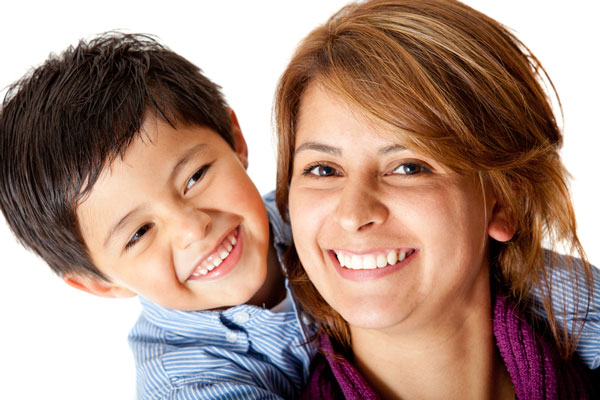
Options for Constructive Action
1. Talk to your son or daughter about what's going on in a sensitive way! Think in advance in what situation and when you can start this conversation. Ask your teen to describe their feelings and wishes. Do not forget that he most likely has a positive experience of friendships.
2. Encourage your teen. Help him to see his strengths and support his confidence, praise, react positively to his actions.
3. Practice the introduction scene together. Come up with effective ways to start a conversation together.
4. Reflect together on whether there are teenagers who look like you in school, in the yard, in families you know, among former classmates, childhood friends, relatives, or in circles where your child goes, with whom you could become friends. Will you be able to make new friends with your whole family, for example, at a family camp, at a concert or at some events?
5. Give a “commission” to a teenager you know: ask him to talk with your child, invite him to a company or invite him somewhere with you.
